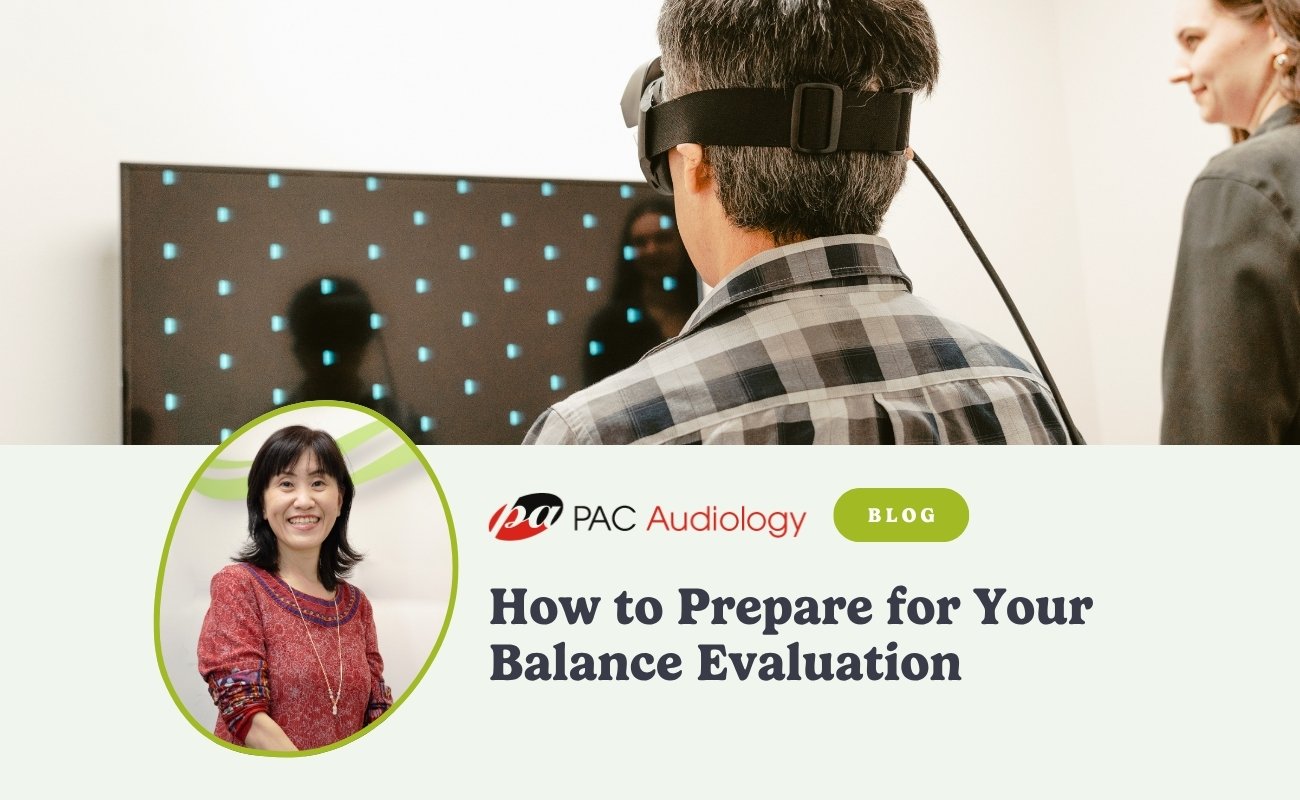The Connection Between Hearing Loss and Balance

When walking down stairs, crossing the street, or simply standing up from a chair, we rarely think about the complex systems working together to keep us balanced. Our balance system relies on input from multiple sources: our eyes, our muscles and joints, and critically, our inner ears. The relationship between hearing and balance becomes clear when we look at the structure of our ears, where both systems share the same space and fluid-filled chambers. When one system experiences problems, the other often follows suit, creating a cascade of potential issues.
Balance disorders can range from mild unsteadiness to severe vertigo, significantly impacting daily activities and quality of life. The good news is that many balance issues can be effectively treated once properly diagnosed. Understanding this connection between hearing and balance helps explain why hearing healthcare professionals often screen for both conditions during evaluations. Getting help early can prevent falls and other complications that might arise from untreated balance disorders.
Understanding Balance Disorders
According to the National Institute of Health, balance problems will affect 90 million Americans during their lifetime. These issues manifest in various ways - from mild dizziness to severe vertigo where either you or your surroundings seem to spin. For adults over 70, dizziness becomes the most common complaint reported to medical providers.
The consequences of balance disorders can be serious. Balance-related falls account for more than half of accidental deaths in elderly populations. Additionally, these falls lead to over 300,000 hip fractures annually in people over 65 years old.
The Inner Ear's Role in Balance
Your inner ear contains an intricate system of fluid-filled channels and specialized structures that work together for both hearing and balance. The vestibular system, located in the inner ear, includes three semicircular canals and two otolith organs called the utricle and saccule. These structures send signals to your brain about head position and movement, playing a crucial role in maintaining balance and spatial orientation.
When inner ear problems develop, both hearing and balance can be affected. Think of your inner ear as a complex control center - if one part malfunctions, it can disrupt multiple systems. This explains why inner ear disorders account for 85% of all dizzy disorders, making the ear-balance connection a primary focus during hearing evaluations.
Common causes of balance issues include:
Inner Ear Disorders
Several conditions can affect the inner ear's balance system. Meniere's disease, for example, causes episodes of vertigo, fluctuating hearing loss, and a feeling of fullness in the ear. Another condition, Benign Paroxysmal Positional Vertigo (BPPV), occurs when tiny calcium crystals in the inner ear become displaced, causing brief but intense episodes of dizziness.
Ear Infections
Both middle and inner ear infections can disturb your balance system. These infections can cause inflammation and fluid buildup, interfering with the normal function of your balance organs. Middle ear infections might create pressure changes that affect the signals sent to your brain about body position.
Head Injuries and Whiplash
Trauma to the head or neck can damage the delicate structures of the inner ear. Even mild head injuries or whiplash from car accidents can disrupt the balance system. The force from impact can disturb the fluid in your inner ear or damage the nerves that carry balance signals to your brain.
Medical Conditions
Various medical conditions can impact balance function. Heart problems, thyroid disease, diabetes, and neurological conditions like multiple sclerosis can all contribute to balance disorders. Blood pressure changes, particularly when standing up quickly, may also cause dizziness or unsteadiness.
Medications
Certain medications list dizziness or balance problems as potential side effects. These might include some blood pressure medications, anti-seizure drugs, antidepressants, and even some antibiotics. The effect can be temporary or may require adjusting medication dosages under medical supervision.
Age-Related Changes
As we age, both our hearing and balance systems naturally undergo changes. The hair cells in the inner ear that help with balance can deteriorate over time, much like those used for hearing. This gradual decline can make older adults more susceptible to balance problems and falls.
Signs You May Have Balance Issues
Watch for these warning signs that could indicate a balance disorder:
- Frequent stumbling or falling
- Difficulty walking straight, especially in darker conditions
- Feeling unsteady when standing up
- Problems rolling over in bed
- Trouble reading or watching television due to perceived movement
- Persistent sensation of spinning or movement when still
The Link Between Hearing Loss and Falls
Research shows that hearing loss increases fall risk significantly. This connection exists for several reasons:
- Shared Inner Ear Systems: The same part of the inner ear responsible for hearing contains structures crucial for balance.
- Cognitive Load: When struggling to hear, your brain works harder to process sounds, leaving fewer cognitive resources available for maintaining balance and spatial awareness.
- Environmental Awareness: Reduced ability to hear environmental cues can make it harder to orient yourself in space and respond to potential hazards.
Professional Evaluation Process
At our clinic, we conduct comprehensive balance evaluations to identify the root cause of stability issues. Many medical facilities have waiting lists of 3-4 months for balance testing. We can typically schedule evaluations within a few weeks, helping you get answers and treatment recommendations sooner.
Our evaluation process includes:
- Detailed patient history
- Physical examination
- Advanced diagnostic testing
- Balance assessment
- Hearing evaluation
We're certified by the American Institute of Balance (AIB), one of the country's leading diagnostic and treatment facilities for equilibrium disorders. This certification ensures we provide the most current and effective treatments available.
Treatment Options
After identifying the cause of balance problems, we develop personalized treatment plans. These may include:
- Balance Retraining Exercises: Specific movements that help strengthen your balance system
- Hearing Aid Fitting: When hearing loss contributes to balance issues, properly fitted hearing aids can help. We use Real Ear Measurement to ensure optimal programming of hearing devices.
- Medical Referrals: If needed, we coordinate with ENT physicians or neurologists for additional medical treatment
- Lifestyle Modifications: Recommendations for home and workplace adjustments to prevent falls
Prevention Strategies
Taking proactive steps can help reduce your risk of developing balance problems:
- Regular Hearing Check-ups: Early detection of hearing changes allows for timely intervention
- Protect Your Hearing: Use appropriate hearing protection in loud environments
- Stay Physically Active: Regular exercise helps maintain good balance
- Remove Home Hazards: Clear walkways, improve lighting, and remove trip hazards
- Report Changes Promptly: If you notice new balance or hearing symptoms, seek professional evaluation quickly
The Role of Professional Care
Proper diagnosis is crucial since balance disorders can sometimes be misdiagnosed as other conditions. For example, inner ear disturbances are occasionally mistaken for more severe neurological conditions like multiple sclerosis or clinical depression.
Working with qualified hearing healthcare professionals ensures accurate diagnosis and appropriate treatment. Our audiologists take time to understand your symptoms, conduct thorough evaluations, and explain all findings and treatment options clearly.
Schedule Your Balance Evaluation
If you're experiencing dizziness, unsteadiness, or balance problems, don't wait for symptoms to worsen. Our experienced audiologists can evaluate your symptoms and develop an effective treatment plan. We encourage family members to attend appointments to better understand and support your treatment journey. Contact our office to schedule your balance evaluation and take the first step toward improved stability and confidence in your daily activities.










